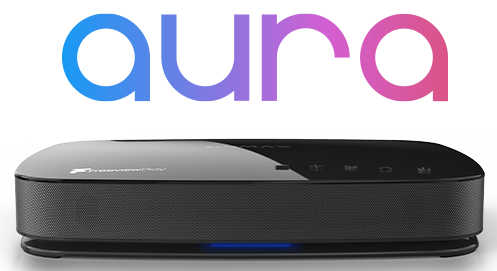Originally posted on Digital Spy June 2010.
I’ve been interested in this clock problem for a while but as my clock is working fine I didn’t have the opportunity to investigate it. Earlier this year a forum member sent me his failed clock display board and for the last couple of weeks I’ve been investigating the problem. I have found the failure mechanism and repaired his board which has been running in my 9200 for several days doing various test recordings from Standby with complete success. I was going to post my finding early in July after a few weeks of running but earlier this week I had the opportunity to look at a second display board which I have now done and repaired this morning. The failure mechanism on both boards is identical so I am reasonably confident that this is the failure mechanism on the majority of failed boards. I have therefore decided to post now.
One of the circuits on the board is a Real Time Clock (RTC), this is responsible for keeping the time during Standby and also in the event of a power failure. I say power failure but in reality the time will be maintained for over a week, maybe more. One of the components of the RTC circuit is the RTC integrated circuit (chip). This chip contains a very low power oscillator which, with the 32.768kHz crystal, provides the basic time keeping accuracy in Standby. It is this oscillator that fails but not due to any component failure. The input to the oscillator (pin 1 of the chip) is very sensitive and is being affected by random small voltages on the surface of the board. The cause of these voltages is a contaminant on the surface of the protective lacquer covering the board in the area of the RTC. I am guessing the voltages are being caused by a chemical reaction, but the end result is that the oscillator is turned off. The repair is to simply clean the RTC area of the board.
Anyone who feels confident to change the board will be able to effect a repair, all you need is cotton buds, a small artist’s paint brush (mine had 2 on it, I assume that’s a size) and a cleaning agent, and of course a fair amount of care. A tutorial by JefUK on how to change the board can be found here. The cleaning agent I used in the lab was ethanol, you probably won’t be able to buy ethanol but surgical spirit looks like being a good alternative. I looked in Boots and their surgical spirit is a mixture of ethanol and methanol so should work fine. Rubbing alcohol contains additives such as perfume so don’t use that. Certainly don’t use acetone based compounds such as cellulose thinners or nail polish remover as they will strip off the protective lacquer and melt any plastic parts they come into contact with.
Take reasonable static precautions, most electronic components are quite robust but can be easily destroyed by static discharges. Remove the board and hold it the right way up (display at the top, white cable at the bottom) with the display facing you. The area you need to clean is the left hand end of the board. The 12mm round component labelled CE921 is the super capacitor (think of it as a small rechargeable battery), the black square component with eight legs labelled U923 is the chip and the silver cylindrical component 8mm long labelled Y921 is the crystal. These components together with the very small components above and below the chip form the RTC circuit. If you’ve just taken the board out of the 9200 the super capacitor will be charged and have about 3 or 4 volts across it but this should not be a problem.
Start by cleaning the back side of the board with a cotton bud dampened with surgical spirit. Don’t worry about removing any felt tip pen markings, they will smudge immediately the fluid touches them. Clean an area from the left hand end of the board to about 30mm in, pay particular attention to the area around the connections to the super capacitor and crystal. Repeat this several times with new cotton buds until the cotton bud stays clean, but remember you are only removing contamination not trying to remove the protective lacquer. Also note that the contamination may be invisible, as it was on the first board I repaired, but my lab equipment picked up the surface voltages. Now clean the component side of the board being very careful not to cause mechanical damage to the components, although they are quite tough. Hold the board with the left hand end down so any excess fluid can run off rather than into the rest of the board. Again clean from the end of the board to about 30mm in paying particular attention to the area between the chip, super capacitor and crystal. Use the brush dipped in fluid to help clean around and under the super capacitor and crystal. The components above the chip don’t really need any attention but don’t worry about fluid getting on them, just dry the brush on tissue and brush the fluid away. Repeat the cleaning process several times. I have the advantage of being able to detect when the stray voltages have been eliminated but cleaning 3 or 4 times should suffice. Dab off any excess fluid from awkward areas with a tissue and lightly blow dry.
The success of this repair will depend on how thoroughly you do the cleaning. I used exactly the above procedure on the second board and I could see with my lab equipment that the oscillations were getting stronger with each cleaning process. I will be pleased to hear your success/failure stories but obviously you do this procedure at your own risk.
I would like to thank Martin Liddle for providing the guinea pig board and Coulrophobe for providing the second board.


